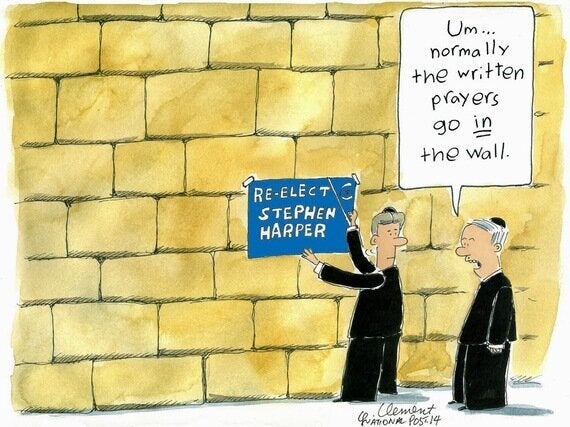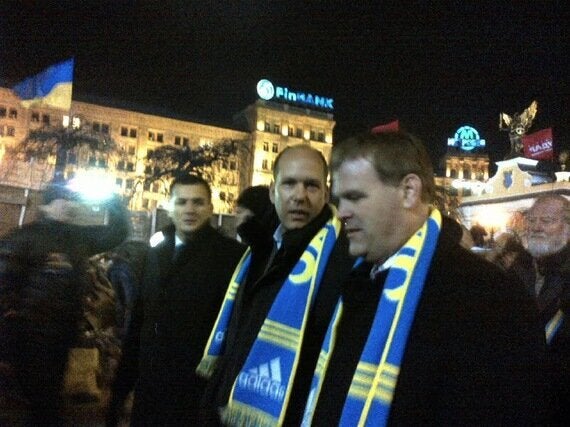The Canadian electorate was once homogenous, thanks to the systemic exclusion of Aboriginal voices. Now, Statistics Canada projects that one-third of Canada's population — up to 14-million people — will be a visible minority by 2031. Statistics Canada also estimates that, by 2030, over 80 per cent of our nation’s population growth will depend on immigration.
In recent years, a few savvy political strategists have awakened to this demographic shift, and devised measures to attract support from the so-called “ethnic vote”. Canada’s immigration rules once restricted people of colour from making this their permanent residence. In April 1954, Donald Willard Moore led a delegation from Toronto to Ottawa in an effort to lobby the Diefenbaker government to afford Black West Indians the same immigration opportunities afforded to Caucasians.
Dief' dithered. His successor, PM Lester B. Pearson, made modest changes. PM Pierre Trudeau flung the doors of opportunity wide open to immigrants from the world over. Many of those who took up residence in the Great White North repaid the “party of multiculturalism” with their unwavering support. Their children as well as younger generations of newcomers are often blissfully unaware of the struggles which preceded them. They waltzed into Canada untethered... and are beholden to no particular political party.
Conservative Party strategists rightfully recognized this opportunity and unabashedly, if clumsily, courted those voters. In January 2007, Alberta MP Jason Kenney was sworn in as the Secretary of State for Multiculturalism and Canadian Identity. Earning the nickname
“curry in a hurry”, Kenney criss-crossed the country singing the praises of and to coloured Canadians, and soon, a fashion trend was born. “Ethnic costumes” served as a visible way of seeming inclusive and multicultural , without implementing any policies to match. The propitiatory strategy worked. Four years later and on the cusp of a majority government, the Prime Minister’s team openly called for partisans from “cultural groups” to show up in “costumes”.
“The opportunity is to have up to 20 people in national folklore costumes which represent their ethnic backgrounds. These people will sit in front row behind the PM – great TV photo op (sic).
We are seeking representation from the Arab community. Do you have any cultural groups that would like to participate by having someone at the event in an ethnic costume? We are seeking one or two people from your community.”
It was a departure from governments of yore. One is hard pressed to find a photo of former PMs Pierre Trudeau in a turban, Bryan Mulroney in a kappa, Kim Campbell in a hijab or Jean Chrétien sporting any of the symbols banned by the Quebec Values Charter. There is a notion that one can respect and welcome ethnic Canadians from political wilderness into the fold of tactical relevance without using their “costumes” as a prop. Alas, the ethnic fashion fad has spread to the other federal parties. Still No longer taking the so-called “ethnic vote” for granted, opposition parties seem desperate to catch up with Minister Kenney.
Equally inept, they’ve followed the usual talk of diversity and multiculturalism with their own “ethnic costume” theatrics. Upping the ante, the Harper government’s vote-grabber overtures were incorporated into a feted voyage to Israel... with a 200+ delegation in tow. Harper may have won over Sarah Palin, but editorial cartoonist Gary Clement captured the uneasiness surrounding the ploy.

The well-rehearsed ruse reached absurd proportions last week as Foreign Affairs Minister John Baird appeared in the middle of the Ukraine crisis sporting the country’s national flag colours around his neck.

Paper tiger Baird lead a Canadian delegation to Ukraine, as the real players in this serious geopolitical crisis were preparing to take concrete (war) measures. Amateurish at best, a beaming Baird smiled for the cameras as his showboat sailed through Kiev.
His colleague, Minister Tony Clement, must have been in a hurry to join in on the fashion trend. But his selfie turned the fashion craze into a fashion faux pas: this foreign flag accessory was upside down. Like a child wearing mommy's high heals, Clement fell on the catwalk of political posturing.
"You are not only driving me to distraction but also ruining yourself with this eternal solicitude for your reputation. You are a man of honour, nobility of character, and self-respect, as everyone knows; yet, at any moment, you are ready to die with shame!"
-Fyodor Dostoyevsky
Wearing ethnic garb and religious garments to grovel for votes makes for pretty pictures raised eyebrows. Minorities and ethnic voters aren't as interested in visible garbs as much as they are in (in)visible actions. None of these fashion distractions are substitutes for measurable results or genuine respect.